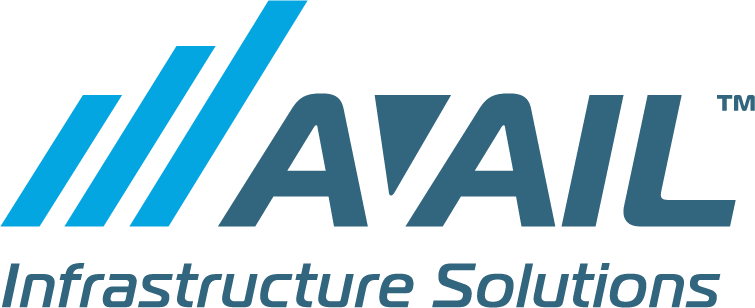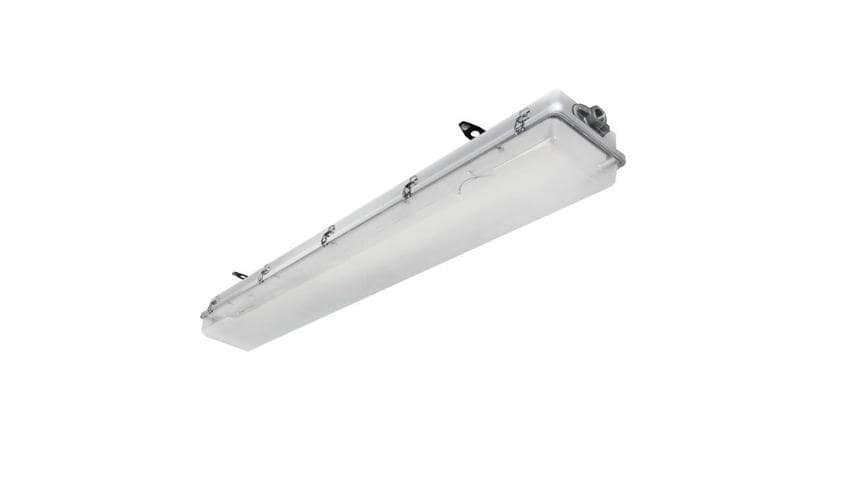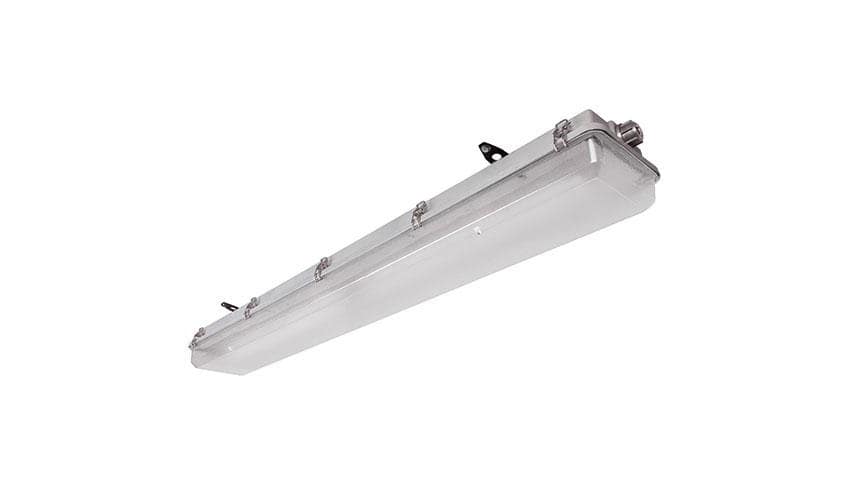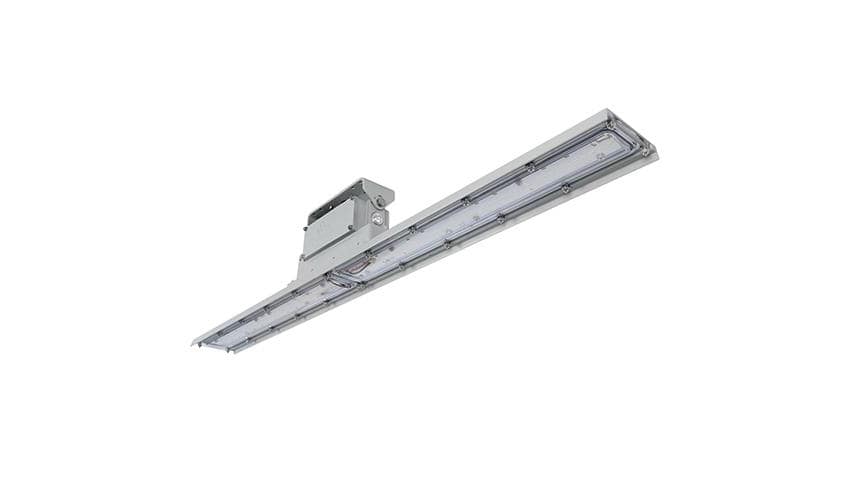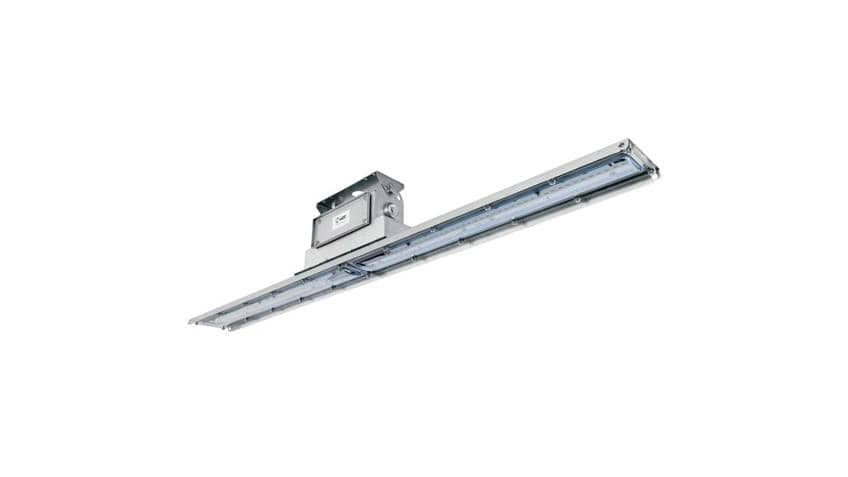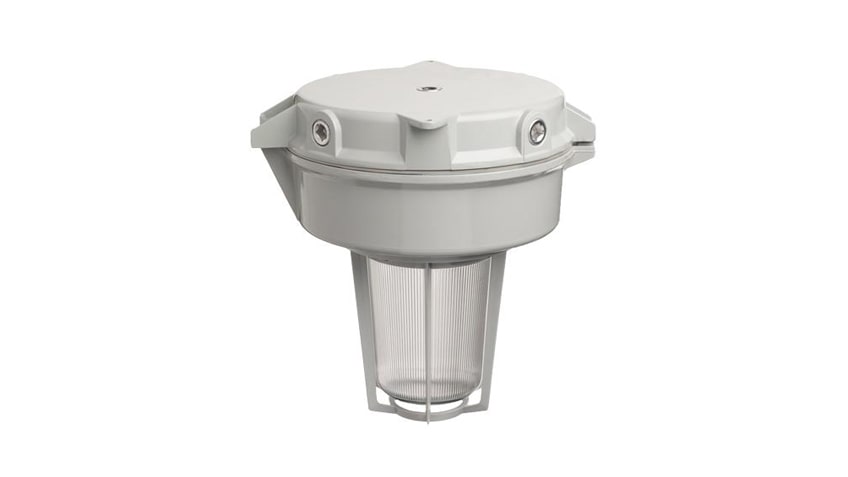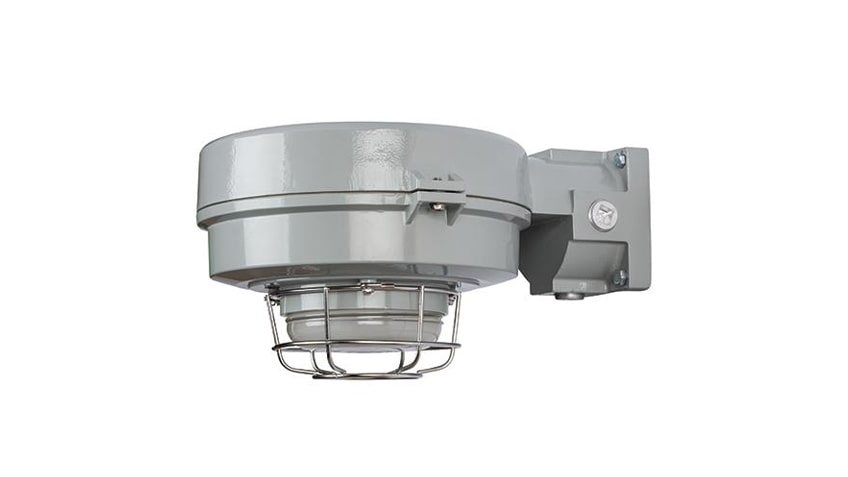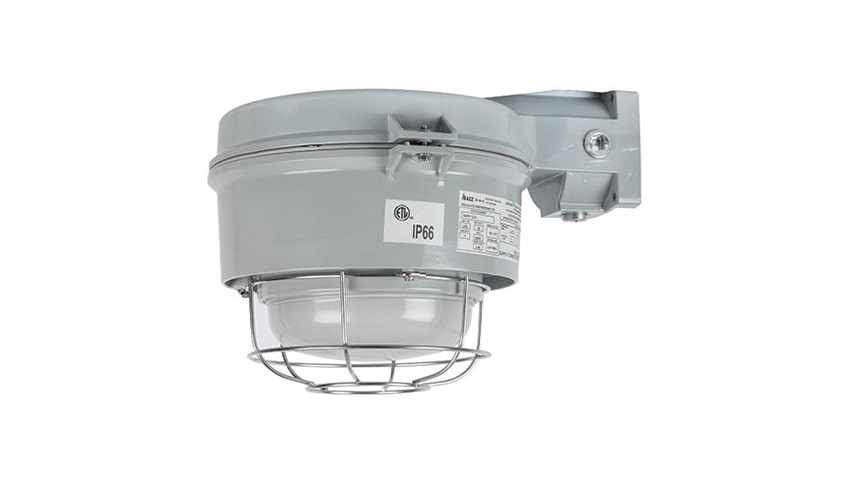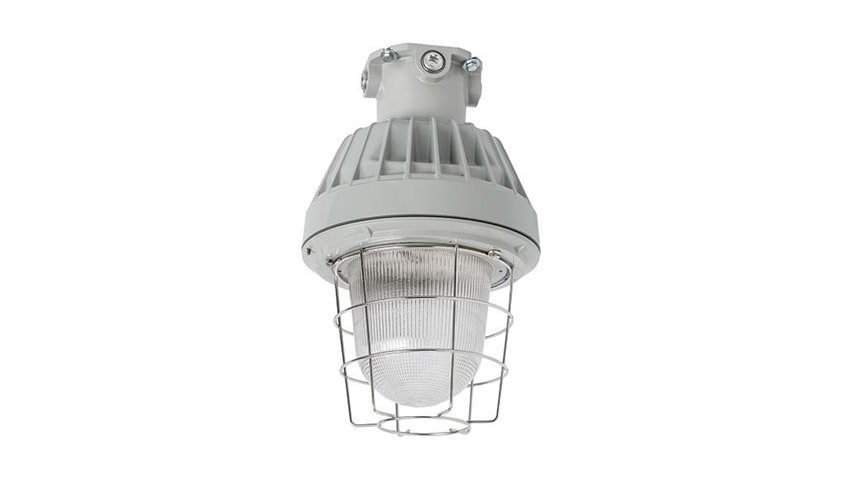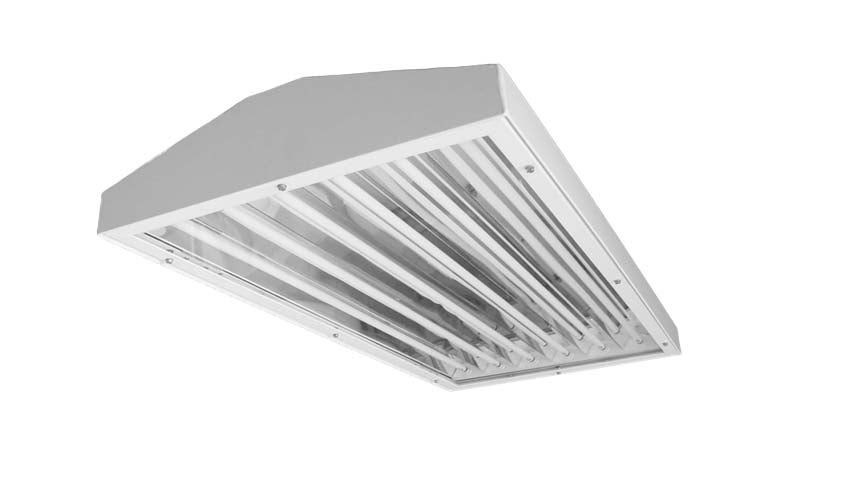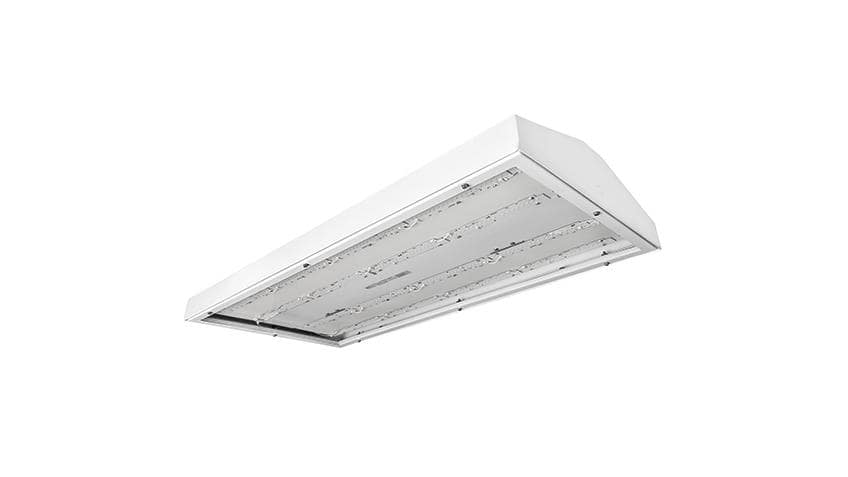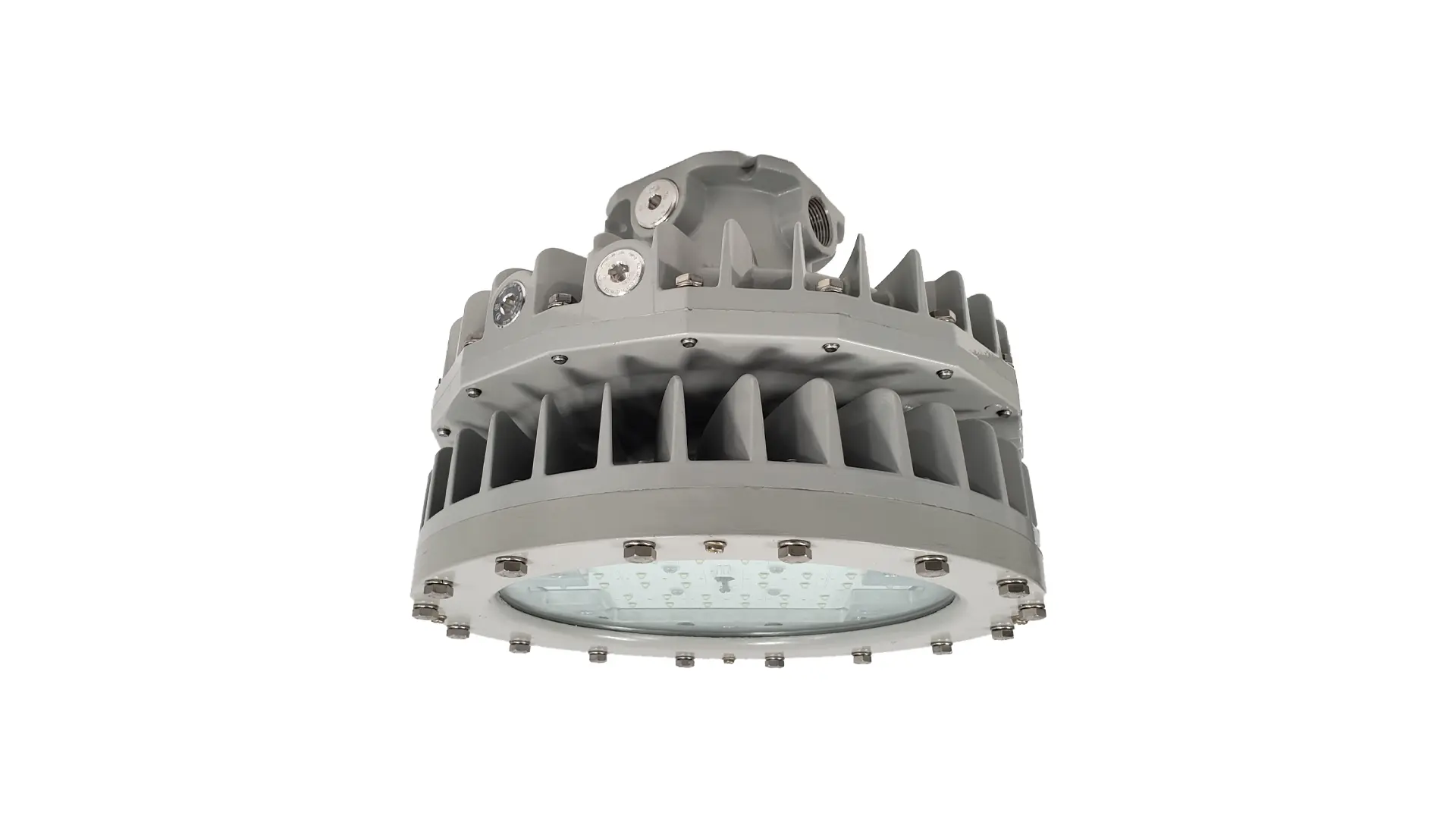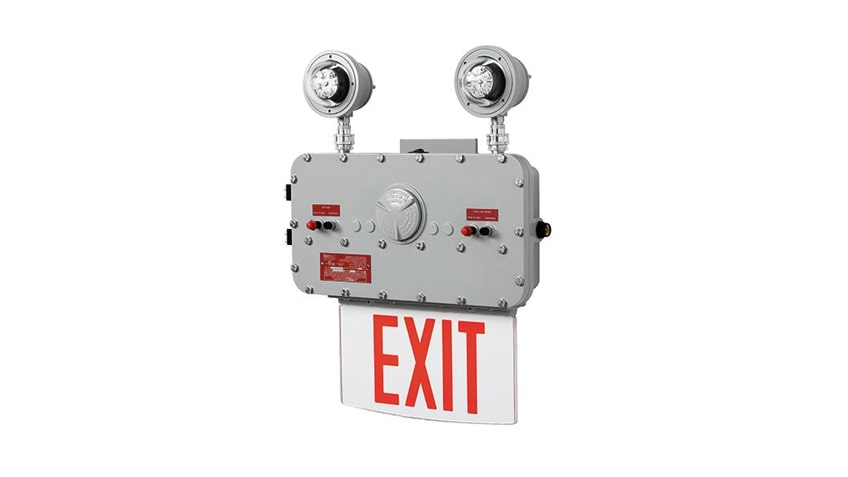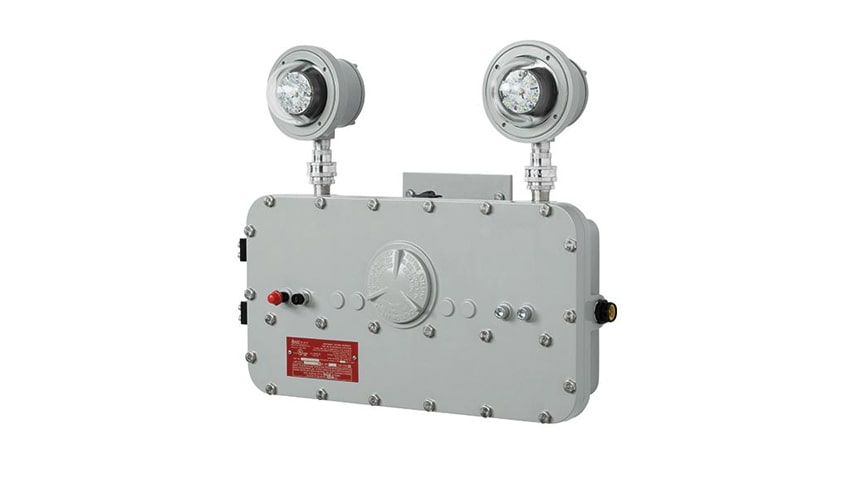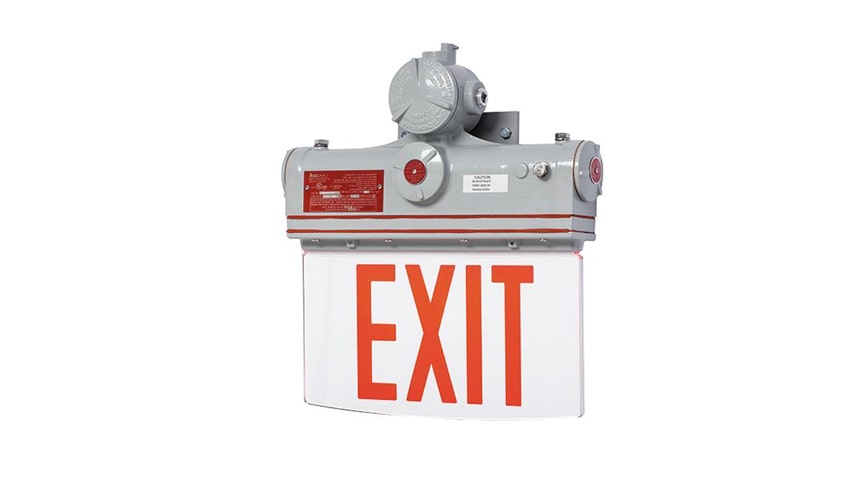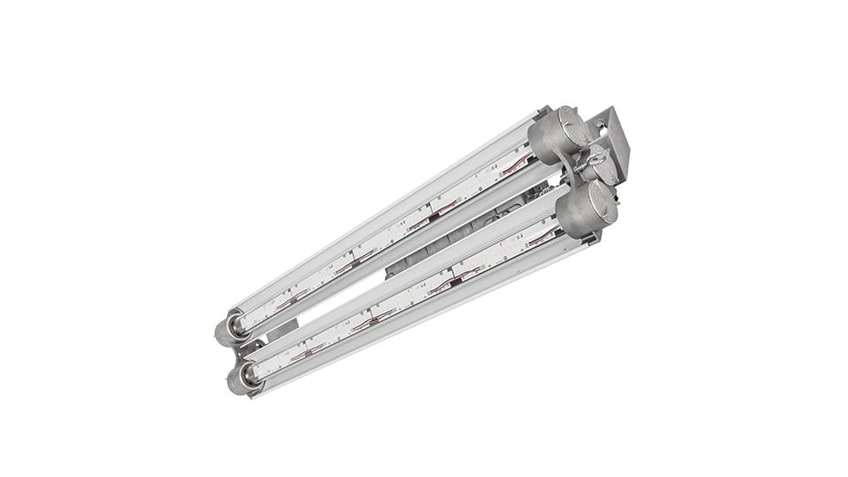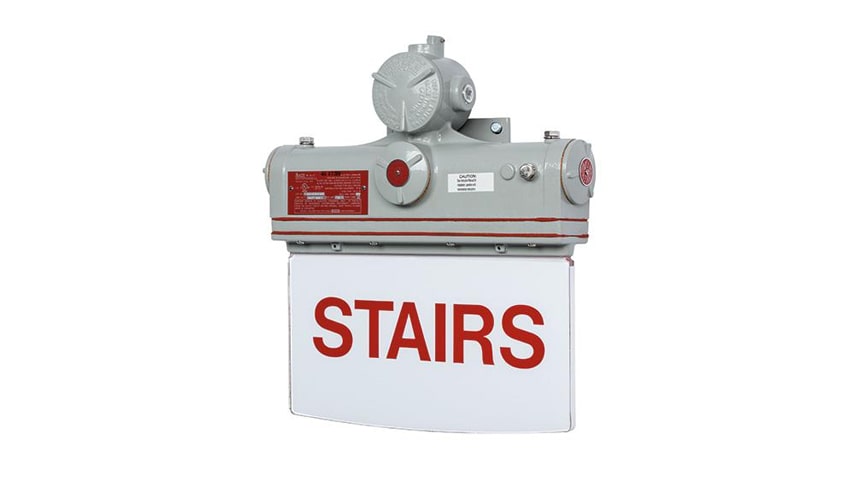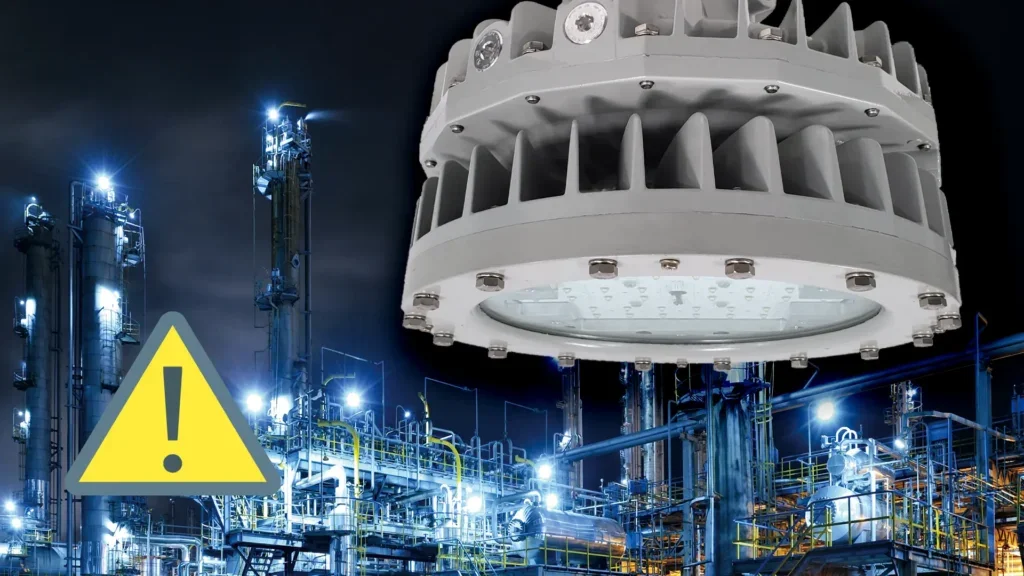
Class 3 Lighting
Class III explosion proof lighting prevents ignition in environments with ignitable fibers or flyings
Class III (C3) lighting is for environments where fibers or flyings are always present under normal conditions, ensuring safety through ignition protection and durable construction. Class III explosion-proof fixtures minimize fire risks by containing fibers and preventing ignition sources. Both types offer reliable protection in hazardous environments.
RIG-A-LITE lighting fixtures are classified according to National Electrical Code (NEC) standards. For international projects, these classifications align with IEC (International Electrotechnical Commission) Zones, ensuring compatibility and safety:
- Class III, Division 1 (NEC) is equivalent to Zone 20 and Zone 21 (IEC)
- Class III, Division 2 (NEC) is equivalent to Zone 22 (IEC).
MHDS LED
Hazardous-rated stainless-steel LED linear lighting ensures reliable performance in challenging environments
MHD2 LED
Hazardous-rated LED linear lighting for safety in challenging environments
MHD2
Hazardous-rated fluorescent linear lighting ensures reliable illumination in challenging environments
MHL LED
Hazardous-rated low-profile LED linear lighting ensures reliable performance in challenging environments
MHLS LED
Hazardous-rated stainless-steel low-profile LED linear lighting for challenging environments
SAF
Hazardous-rated compact HID fluorescent area lighting for challenging environments
SAFJ
Hazardous-rated compact HID area lighting for reliable performance in challenging environments
SAFJ LED
Hazardous-rated low-profile LED area lighting for challenging environments
SAFR LED
Hazardous-rated LED wide-area lighting for challenging environments
SXP
Explosion proof HID area lighting offers corrosion resistance for hazardous-rated environments
SXPJ
Explosion proof HID area lighting delivers corrosion resistance for demanding high-risk environments
SXPJ LED
Explosion proof LED area lighting with field-replaceable components for demanding high-risk environments
WFH
Hazardous-rated NSF-certified high-bay fluorescent lighting for challenging environments
WFH LED
Hazardous-rated NSF-certified high-bay LED lighting for challenging environments
XHBF LED
Explosion proof LED area lighting with emergency backup for demanding high-risk environments
XPEH LED
Explosion proof exit signage with emergency lighting for demanding high-risk environments
XPEL LED
Explosion proof emergency lighting ensures visibility in demanding high-risk environments
XPEX LED
Explosion proof LED exit and emergency signage with battery backup for demanding high-risk environments
XP LED
Explosion proof LED linear lighting with emergency backup and rugged construction for hazardous-rated environments
XPS LED
Explosion proof LED location and emergency signage with battery backup for demanding high-risk environments
Support
DOWNLOADS
Related News
Hazardous Locations & Lighting Fundamentals
Quick reference for hazardous location lighting classes, divisions, and groups.
Follow RIG-A-LITE
Explore More RIG-A-LITE Classifications
No Results Found
The page you requested could not be found. Try refining your search, or use the navigation above to locate the post.

